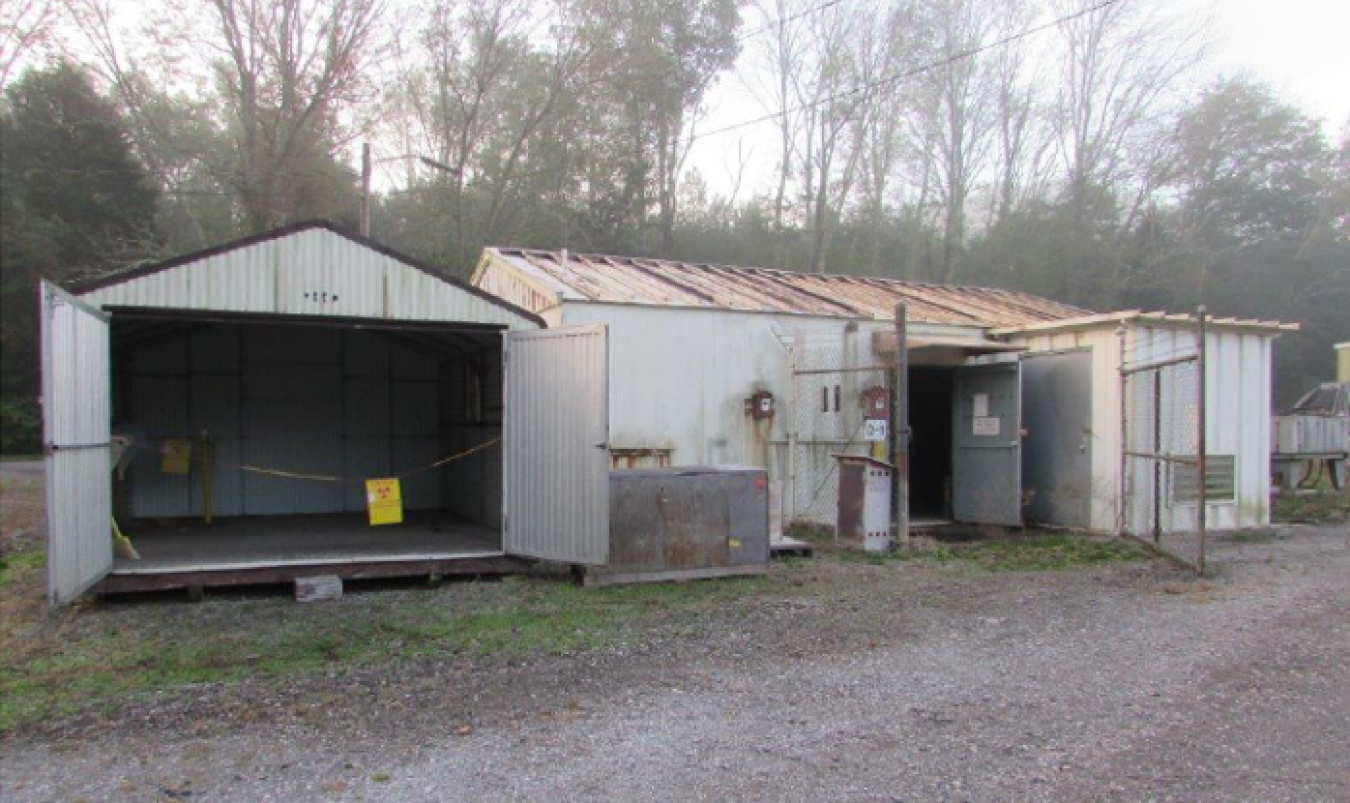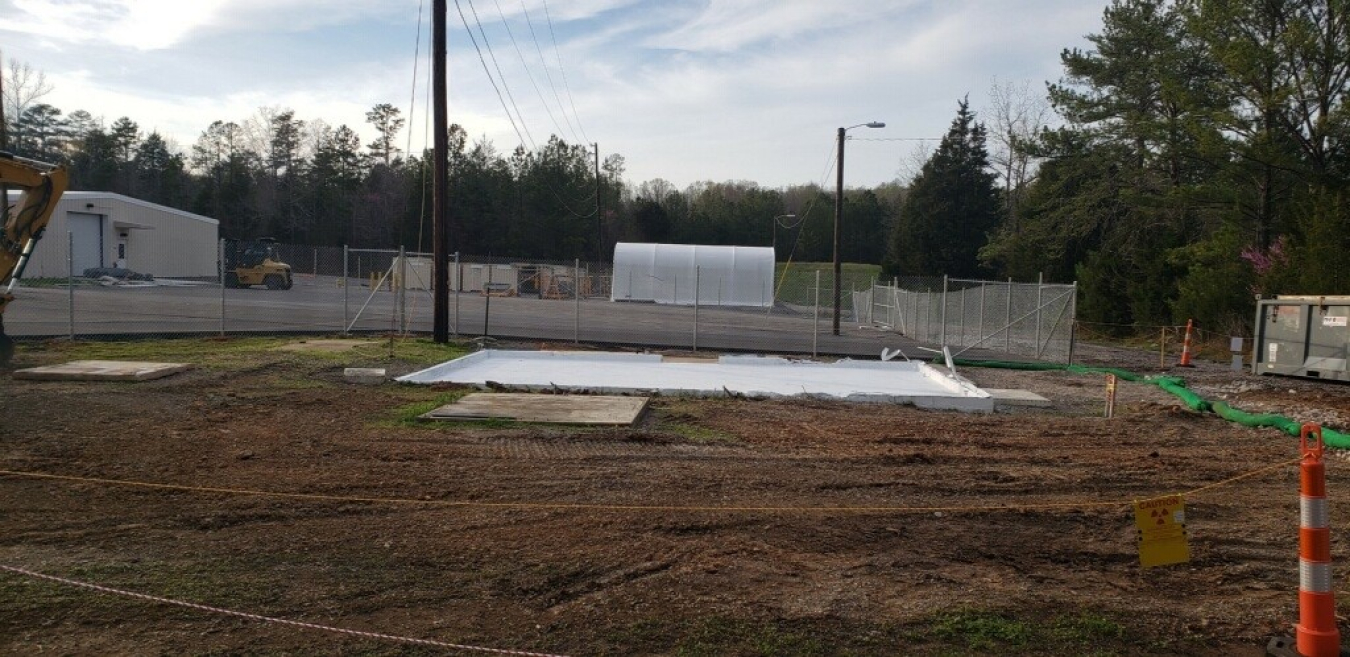EM crews have completed demolition on a contaminated 1960s-era building at the Oak Ridge National Laboratory (ORNL), opening land that DOE can reuse for future missions.
Office of Environmental Management
April 6, 2021OAK RIDGE, Tenn. – EM crews have completed demolition on a contaminated 1960s-era building at the Oak Ridge National Laboratory (ORNL), opening land that DOE can reuse for future missions.
With the Tritium Target Preparation Facility removed, crews can address the soils and substructures associated with the building. The cleanup effort eliminated several contaminated areas, allowing for a transformation in a location that can support the Department in the years ahead.
“This project was a win for our program in several ways,” said Nathan Felosi, the laboratory’s portfolio federal project director for the Oak Ridge Office of Environmental Management (OREM). “We were able to eliminate a contaminated facility that has not been operational in over 30 years, and we found opportunities for small businesses to advance our progress at ORNL.”


The Tritium Target Preparation Facility, also known as Building 7025, was constructed in 1968 and operated until 1990, producing tritium targets for nuclear operations. The facility was deactivated in 1997 and all of its systems were left in place. The general work area around the structure was identified as a contamination area due to the tritium present inside the building.
Small businesses supporting EM’s cleanup performed characterization and demolition of the facility. GEM Technologies conducted the preliminary characterization while CTI and Associates, Inc. led efforts to demolish the structure and remove, package, transport, and dispose the building’s equipment and debris. Characterization is a process to determine the types and levels of contamination in and around a facility to support work planning, worker safety, and waste management.
OREM is identifying tasks — like those completed at the Tritium Target Preparation Facility — in which small businesses can accomplish work and advance cleanup while its prime cleanup contractor UCOR conducts larger projects with more complexity and longer schedules, such as deactivating former research reactors.
To receive the latest news and updates about the Office of Environmental Management, submit your e-mail address.

